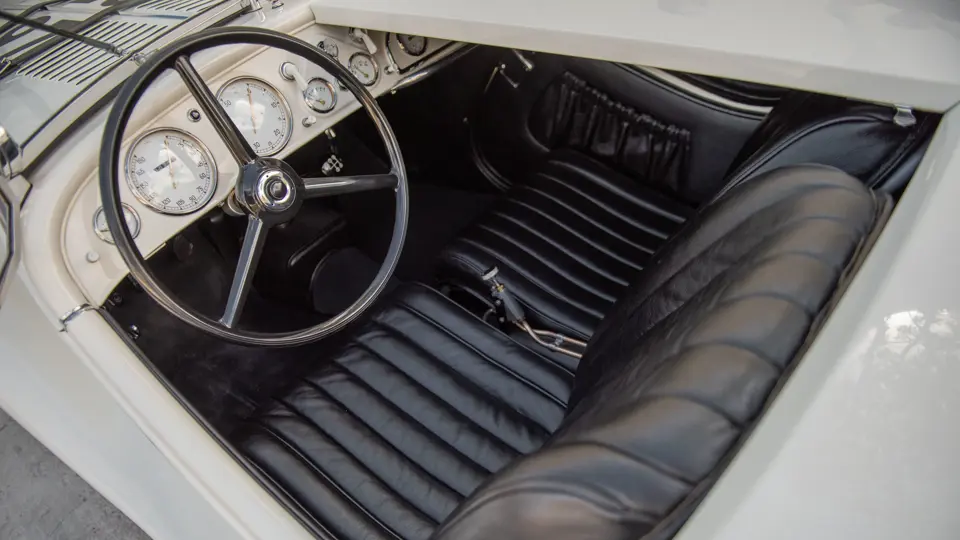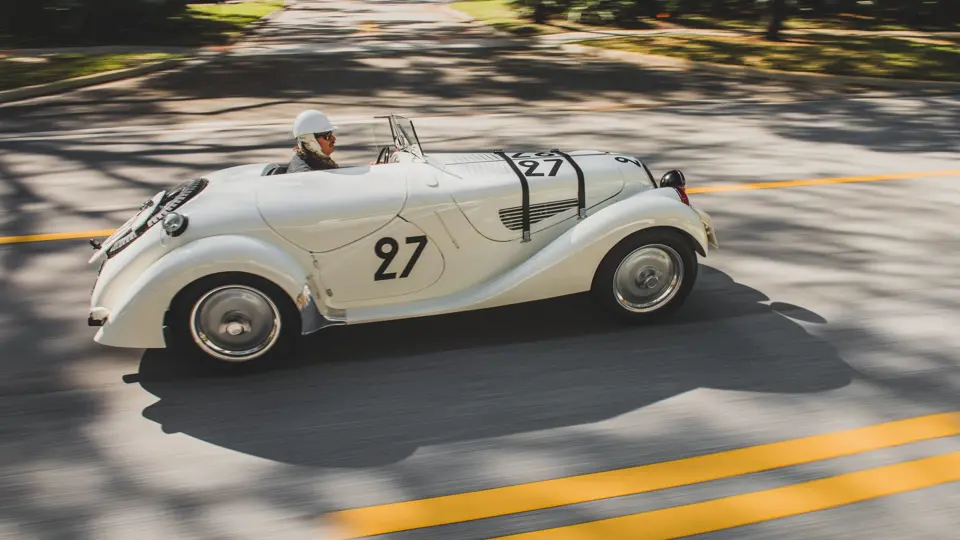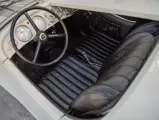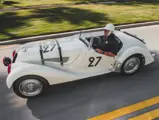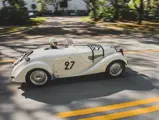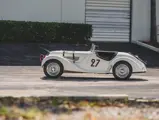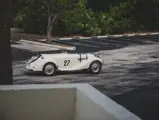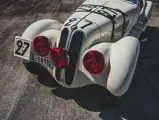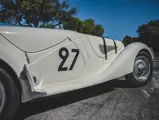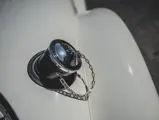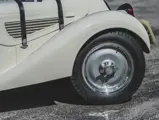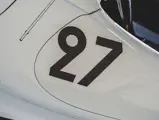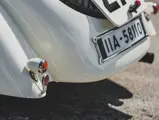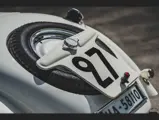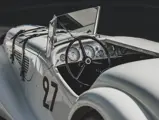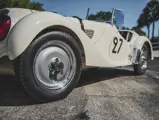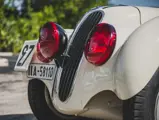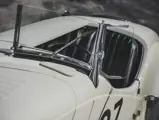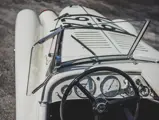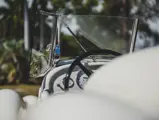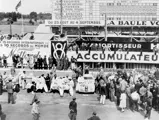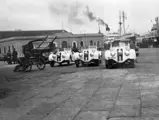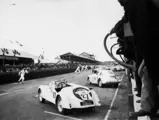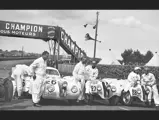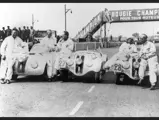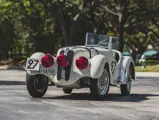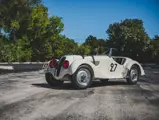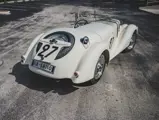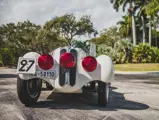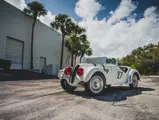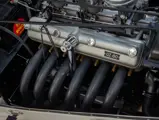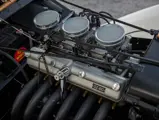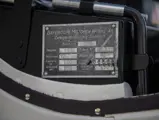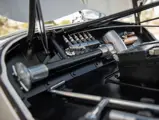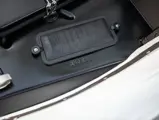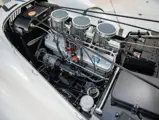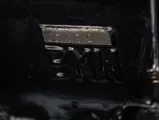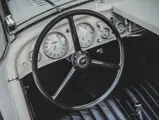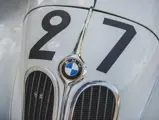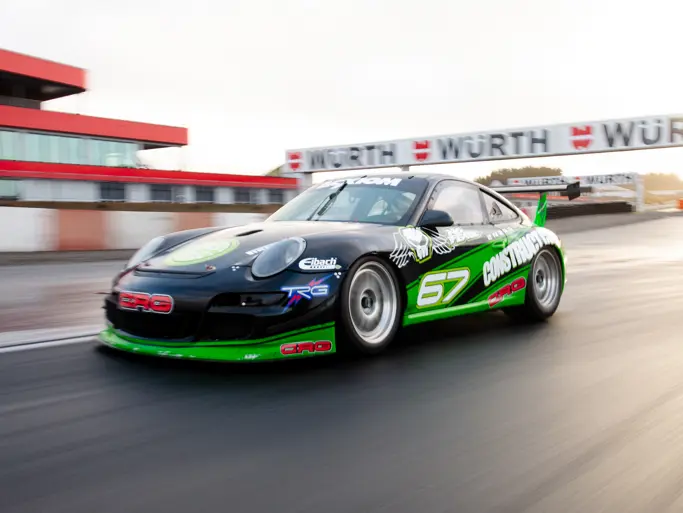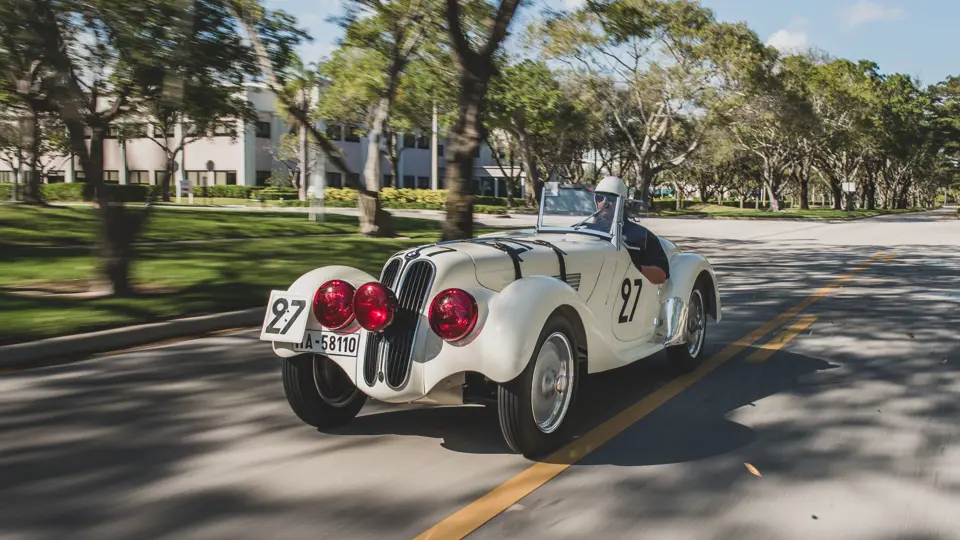
1938 BMW 328 'Special Competition' Roadster
{{lr.item.text}}
$1,900,000 - $2,900,000 USD | Not Sold
Offered from A Private Collection
{{bidding.lot.reserveStatusFormatted}}
- Offered from a Private Collection
- One of three specially configured examples supplied to the German national racing team
- Class-podium finishes at 1939 Litoranea Libica, 24 Hours of Le Mans, and Belgrade Grand Prix
- 52 years of single-family ownership; acquired by the consignor in October 2017
- Forensically restored to its as-raced 1939 configuration by D.L. George Historic Motorcars
- Awarded 3rd in the Early Le Mans class at the 2022 Pebble Beach Concours d’Elegance
- One of the most significant BMW competition cars ever offered at auction
BMW’s 328—which absolutely dominated the two-liter sportscar class from June 1936 until September 1939—was truly ahead of its time.
While contemporary manufacturers still used traditional coachbuilding methods and steel rail chassis, BMW endowed the 328 with lightweight tube frame construction featuring welded floors and stressed aluminum bodywork. Powered by a hemi-headed, inline-six-cylinder engine, the 328 is an excellent example of the remarkable phenomenon wherein an automobile exhibits technology and performance which stand unsurpassed for another 15 years.
BMW provided the most radical versions of the 328 to the Nationalsozialistisches Kraftfahrkorps (NSKK) and its German national racing team—a motorsports conglomerate run by Germany’s government which had coopted the racing efforts of all major domestic automobile manufacturers.
The NSKK used an initial trio of special 328 Roadsters to win nearly every sportscar competition across continental Europe during 1938. The following season would see a very similar course of events, though with a new set of uniquely configured 328s (chassis 85335, 85336, and 85337). These were ordered from BMW on 14 November 1938 and delivered to NSKK headquarters in Munich on 2 February 1939.
These three “Special Competition” Roadsters feature lightweight bodywork, upgraded Solex 30 IF carburetors, an enlarged fuel tank, high-compression engine, additional cabin instrumentation, plexiglass wind wings, racing windscreens, reinforced suspension components, metal covers for the passenger and rear spare area, as well as 17-inch light alloy wheels housing hydraulically assisted drum brakes. The engine directs its 135 horsepower through a four-speed Hurth gearbox which drives the rear wheels via a lightened competition axle.
SPECIAL COMPETITION ROADSTER 85335
Correspondence with BMW confirms that 85335 was first registered as “IIA-58110.” Having practiced with their new and exclusive trio of 328 Roadsters for several weeks, the NSKK eventually routed 85335 and its two siblings to their competitive debut at The Royal Automobile Club of Italy’s Corsa Sulla Litoranea Libica.
Spanning 1,550 kilometers along Libya’s sun-soaked Mediterranean coast between Tobruk and Tripoli on 26 March 1939, this “Mille Miglia Africana” served as the RACI’s Mille Miglia replacement with Alfa Romeo, Lancia, and Fiat all entering their respective works teams. Despite the new venue, the NSKK team remained undaunted in their intention to repeat the two-liter class sweep which they had accomplished in 1938.
Chassis 85335 debuted wearing #62 and was driven by HSH Prince Max Schaumburg-Lippe and Ralph Roese. Reaching the finish line in Tripoli that evening, the superbly engineered 328s emerged triumphant once again; Schaumburg-Lippe and Roese had stirred 85335 to 5th overall and 2nd in class.
Our car’s next confirmed outing came as part of BMW’s inaugural entry to the 24 Hours of Le Mans on 17 June 1939. The NSKK team had already arrived there by 14 June, with Roese and Paul Heinemann using 85335 throughout practice over the three-day interim.
On race day, Roese began the 24 Hours in its traditional, feverish manner—a short footrace from the grandstand berm, across the track, and into the cockpit of his waiting car. Exploding into life, Roese urged 85335 (racing as #27) forward into the quivering, dramatic crush of men and cars on their initial sojourn to Dunlop Curve. Not a single drop of rain spoiled Le Mans that year, and so overall speeds remained exceptionally high. By 4 AM, Roese and Heinemann had worked their way up to 10th overall thanks to the 328’s excellent efficiency. After the race’s 21st hour they had reached 7th overall, in which they would remain for the final three hours—thereby securing a fantastic 2nd-in-class finish only nine laps down from the race’s overall winner. Chassis 85335 had secured BMW another full podium sweep of the 2.0-liter category, while 1939 marked the company’s final appearance at Le Mans until 1972, and their most successful finish until 1999.
The Special Competition Roadsters made their final competitive outing at Belgrade’s Kalemegdan Park road course on 3 September. Though the race received little coverage on account of Germany’s ongoing invasion of Poland, BMW has confirmed that Roese indeed drove 85335 (race #44) to finish 2nd overall—a last flash of greatness before its descent into obscurity.
POST-WAR LIFE; HIDING IN PLAIN SIGHT
After the Belgrade Grand Prix, 85335 remained missing decades after its two siblings had been located and acquired by important collectors. Widely presumed to have been scrapped, 85335 was merely hiding in plain sight.
By May 1963, it had somehow entered the possession Carl Reitzel in Newark, New Jersey, and from there passed to the Ferrari dealer and collector James P. McAllister of Port Jefferson, New York in August 1966. Though it had been made to resemble a normal 328 road car and its distinctive body features had been obscured, 85335 was fortunately accompanied by several boxes of original pre-war competition spares. During the 1980s it was passed by descent to Jeffrey McAllister, who had it restored for use as a competitive vintage racing entry.
McAllister exhibited 85335 sparingly in regional concours and vintage races over the next two decades, and during this time several notable marque enthusiasts approached him with tales of its remarkable pre-war life. Research undertaken in cooperation with BMW and marque experts culminated in a successful inspection by Klaus Kutscher, then BMW’s in-house 328 restoration expert, which verified 85335’s incredible provenance and extant evidence of its original specifications.
The consignor purchased the car from the McAllister family in October 2017 and promptly submitted it to D.L. George Historic Motorcars in Cochranville, Pennsylvania (who had previously restored 85337, to great acclaim). George’s charge was simple: to return the car to the closest possible execution of its original “as-raced in 1939” configuration. Invoices on file from 2018 to 2022, which total more than seven figures, attest that neither time nor cost were limiting factors to this endeavor. The merit of 85355’s fantastic restoration was immediately substantiated at its debut outing, when it scored 3rd place in the ultra-competitive Early Le Mans class at the 2022 Pebble Beach Concours d’Elegance.
This 1938 328 Special Competition Roadster is irrefutably one of the most significant BMW competition cars ever offered at auction. With its remarkable provenance and winning pedigree granting irrefutable eligibility to many of the world’s most exclusive concours and road rallies, 85355 would be a marvelous, eminently usable addition to any finely curated collection which celebrates BMW, Le Mans, or significant pre-war sportscars.




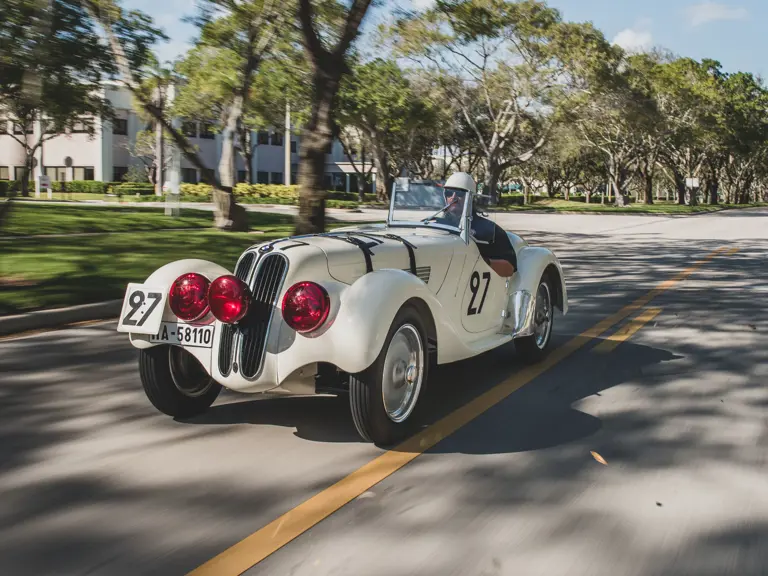
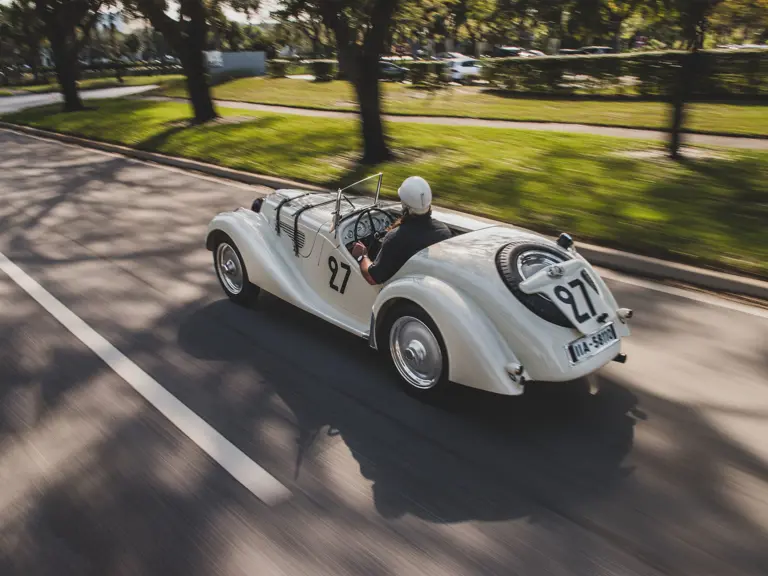



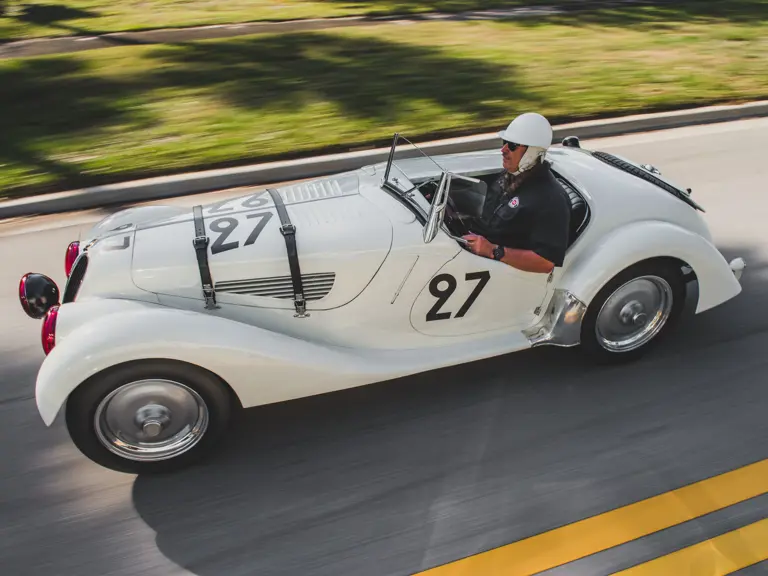

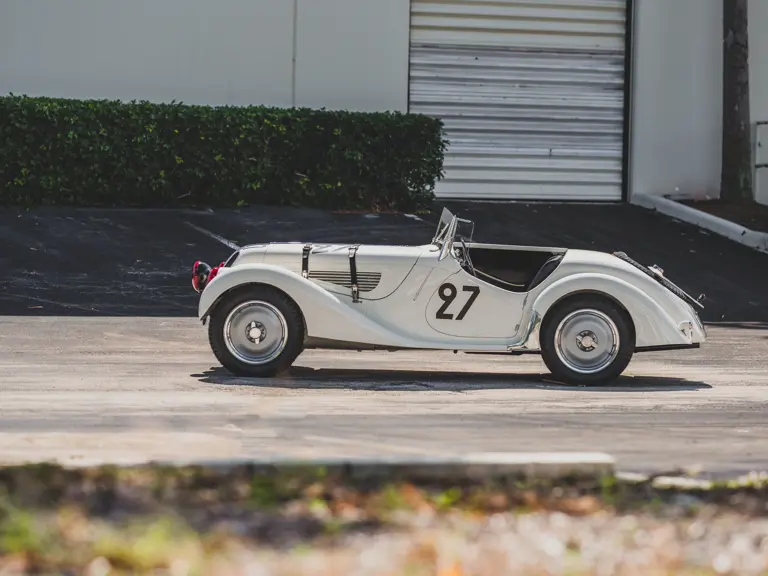
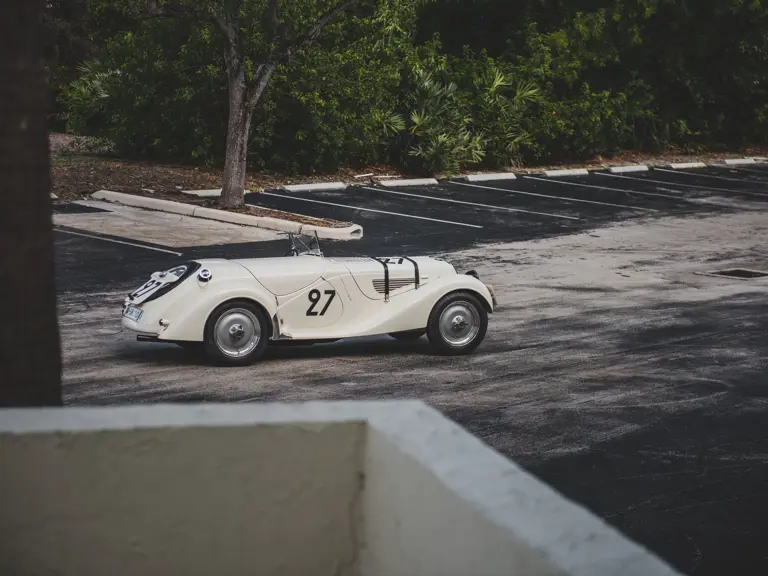
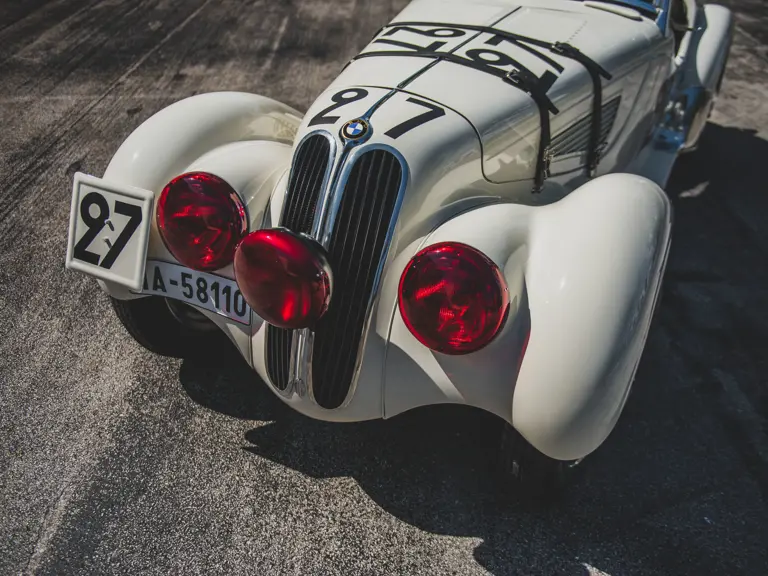
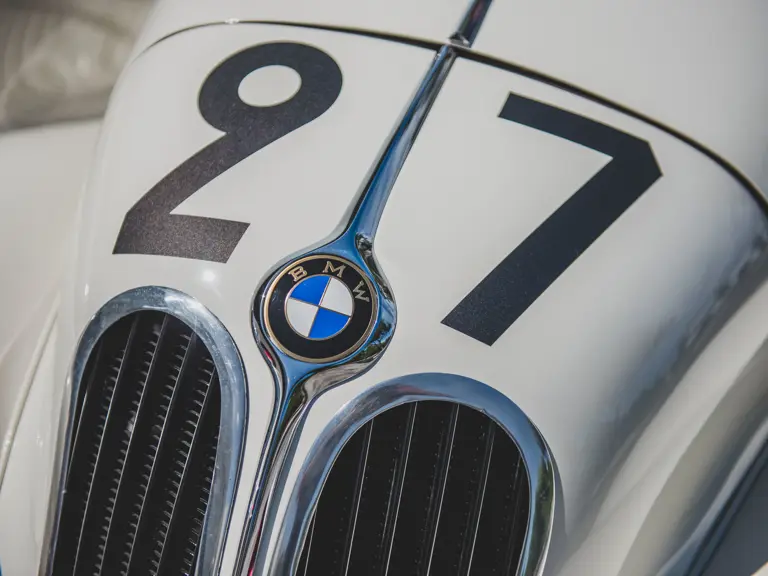
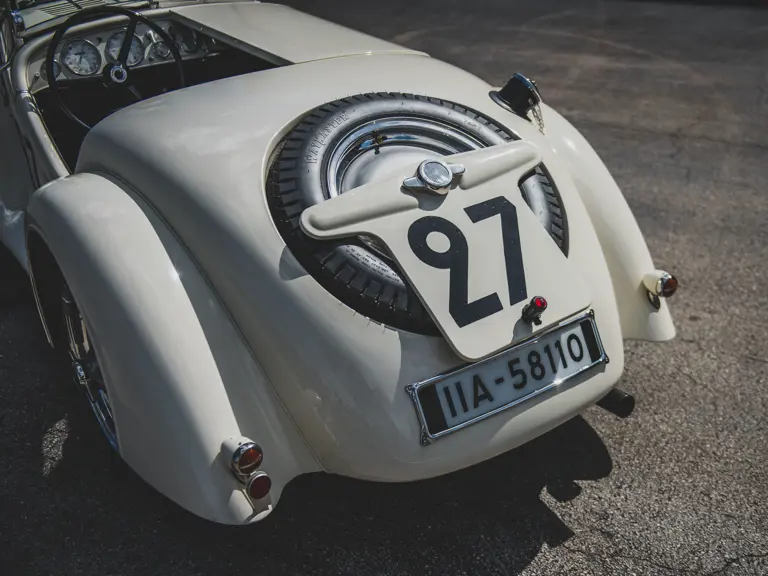
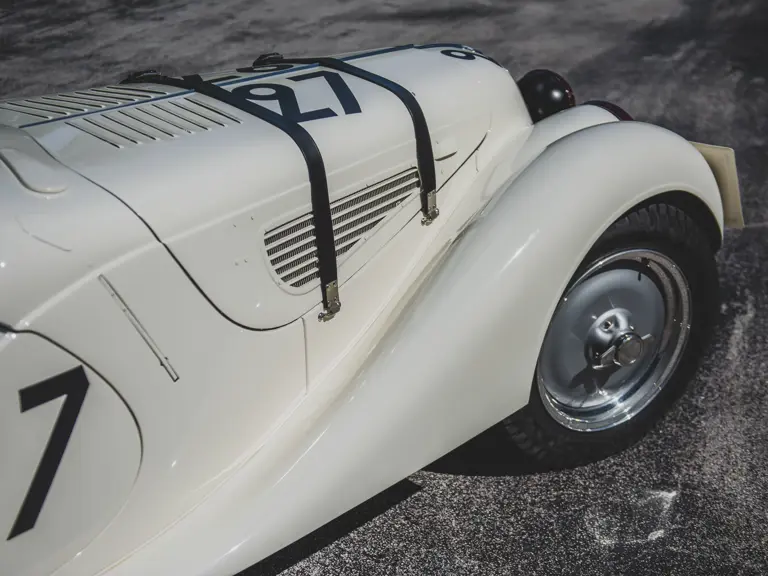

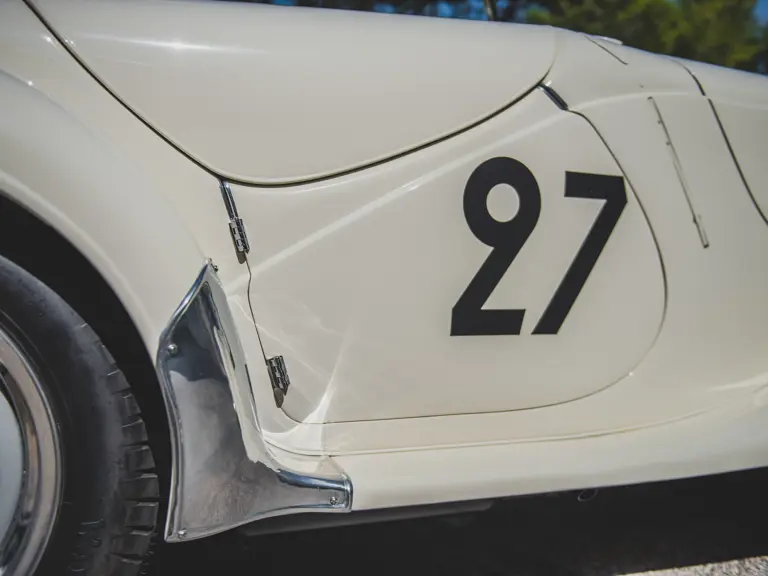
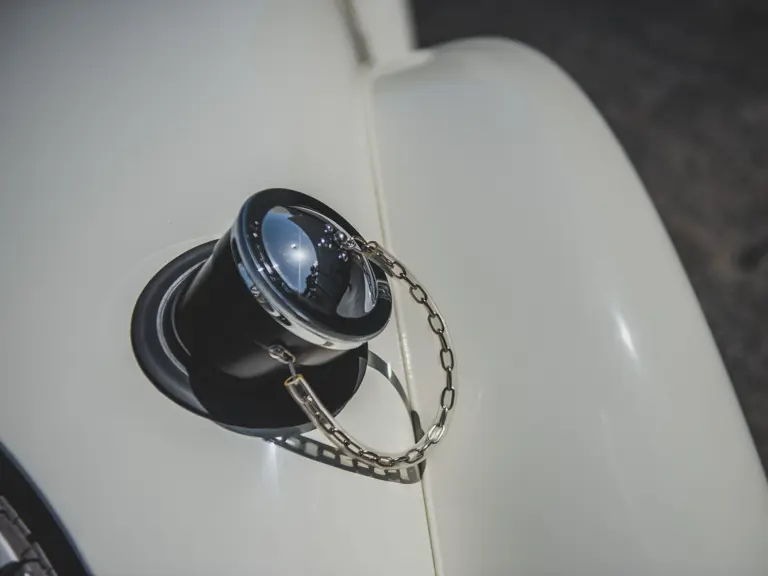

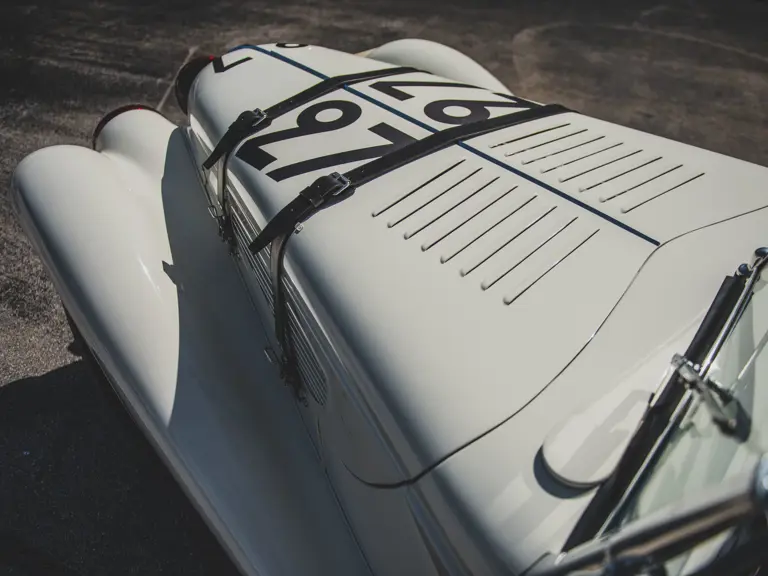
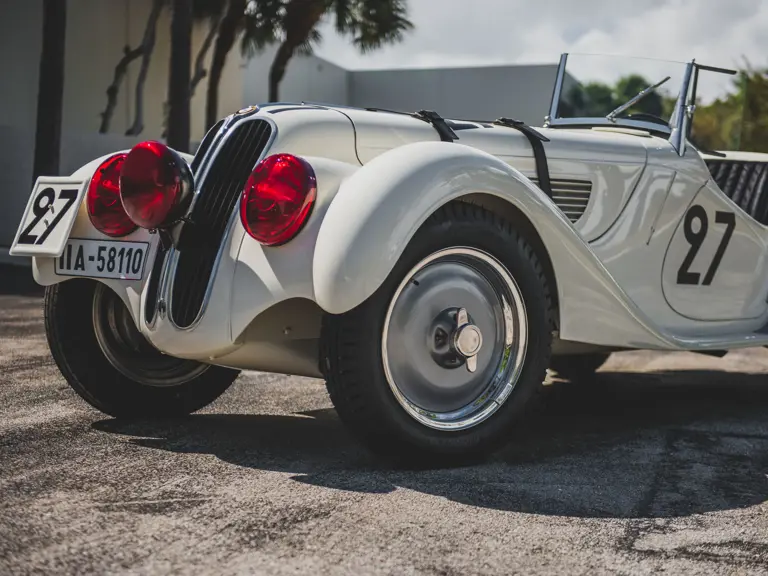
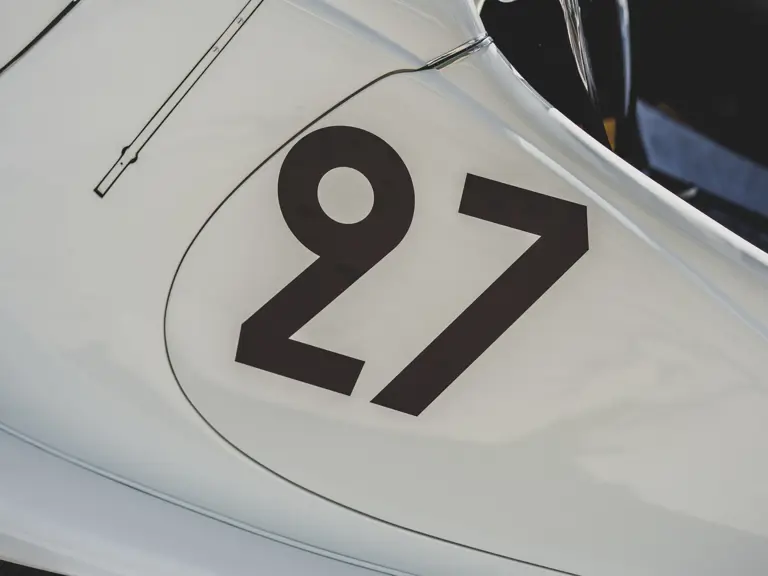
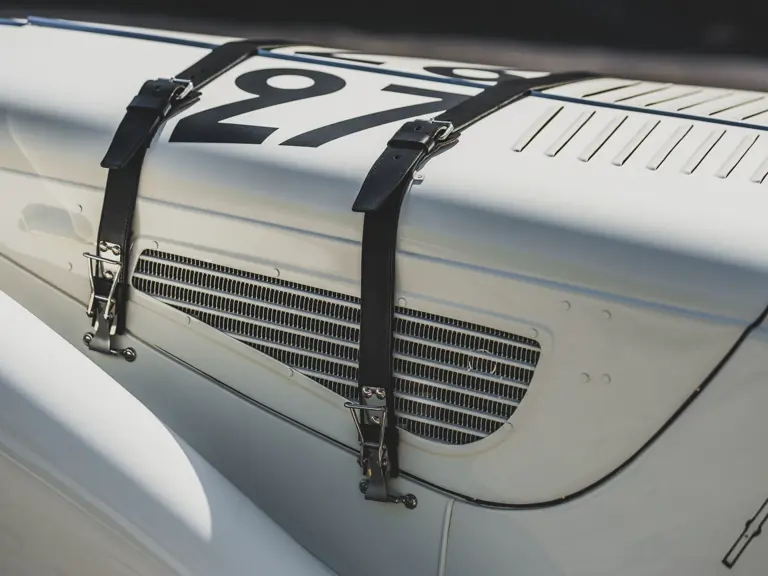
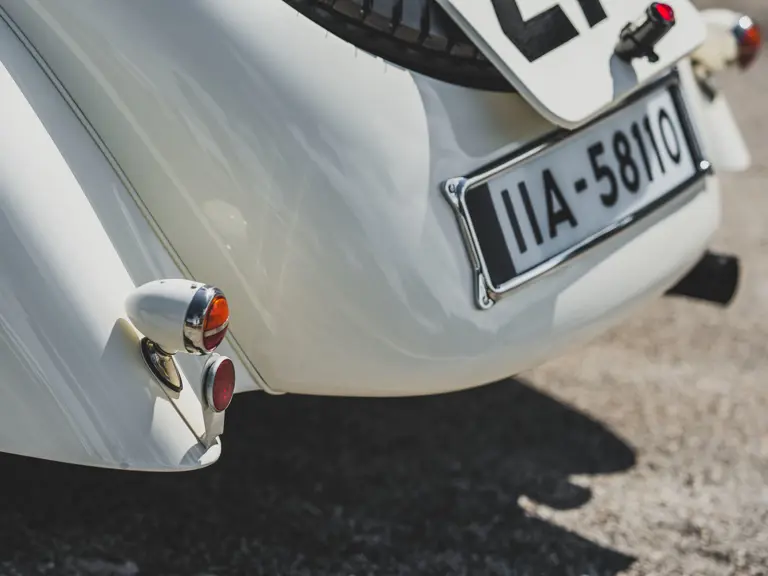
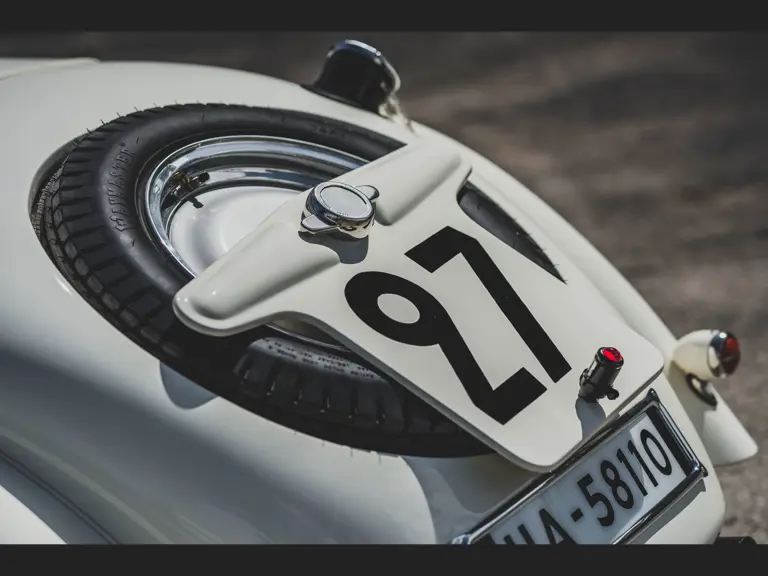
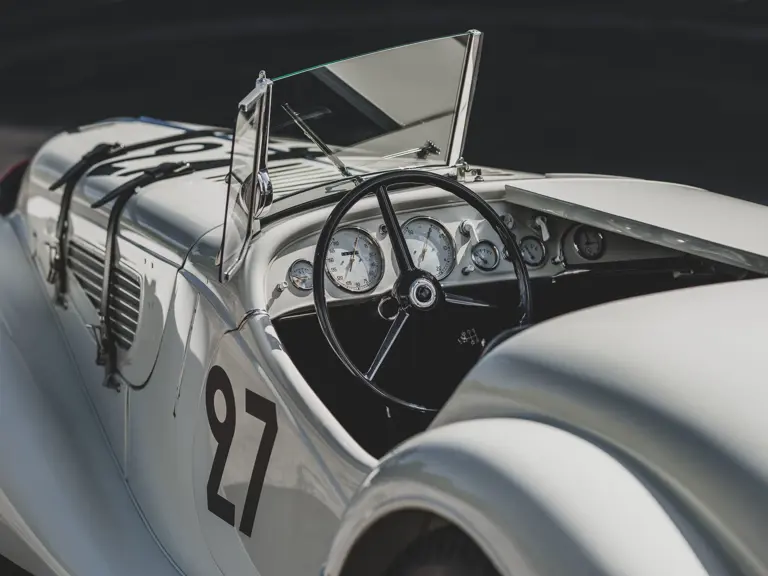
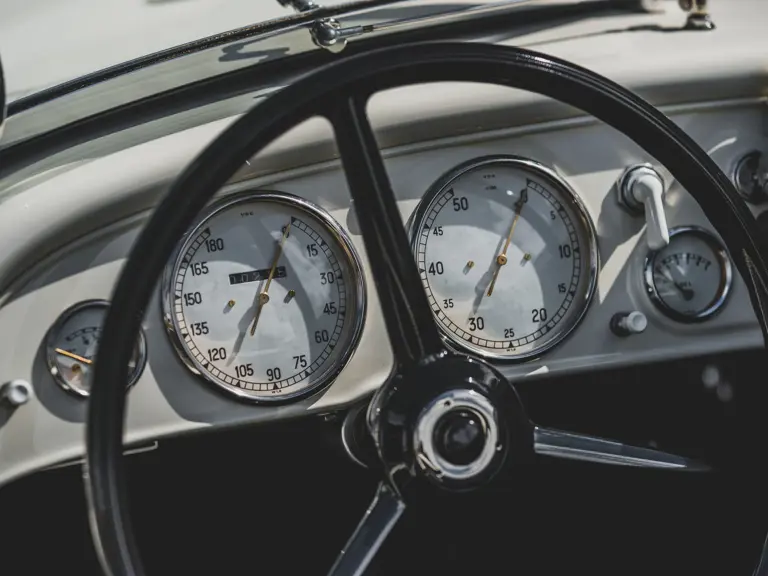
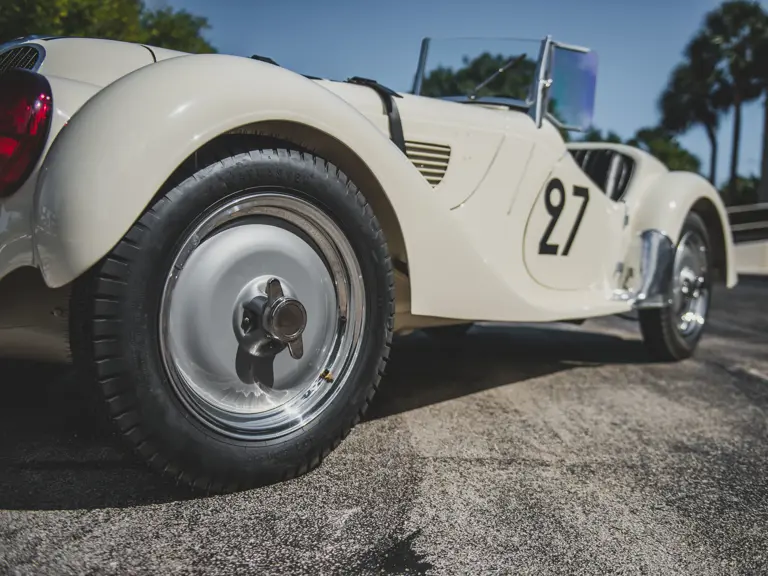
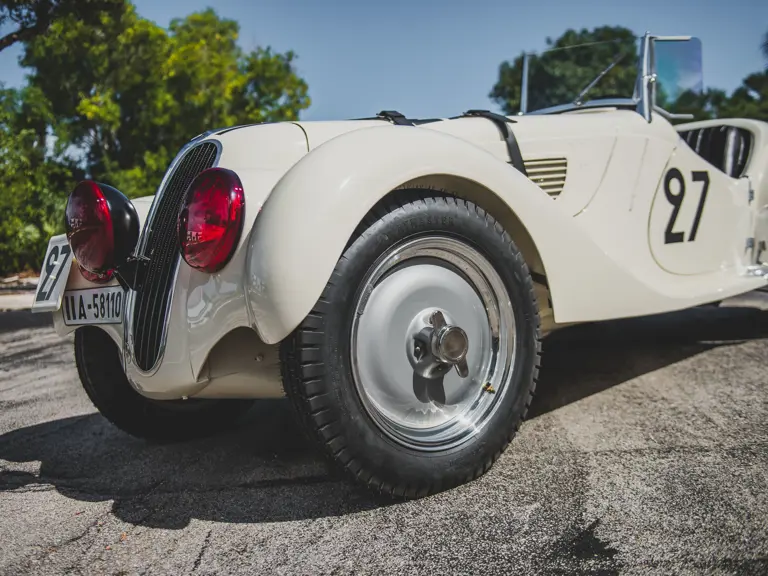
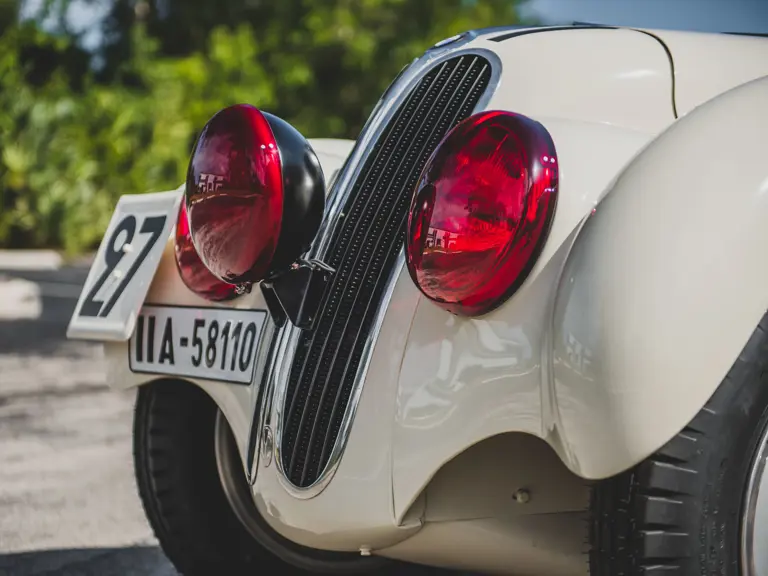
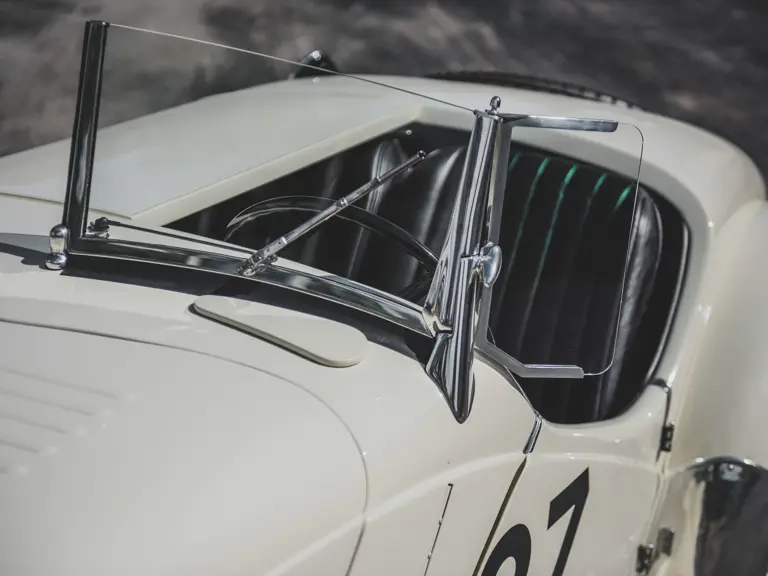
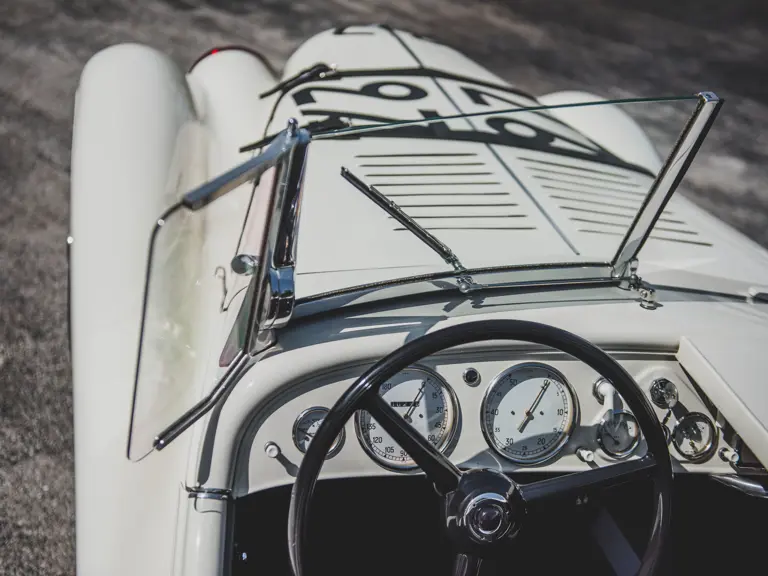

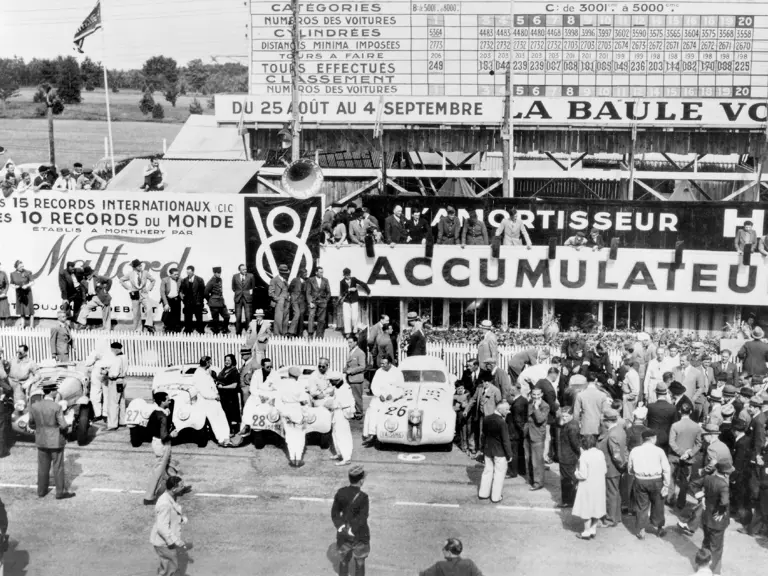
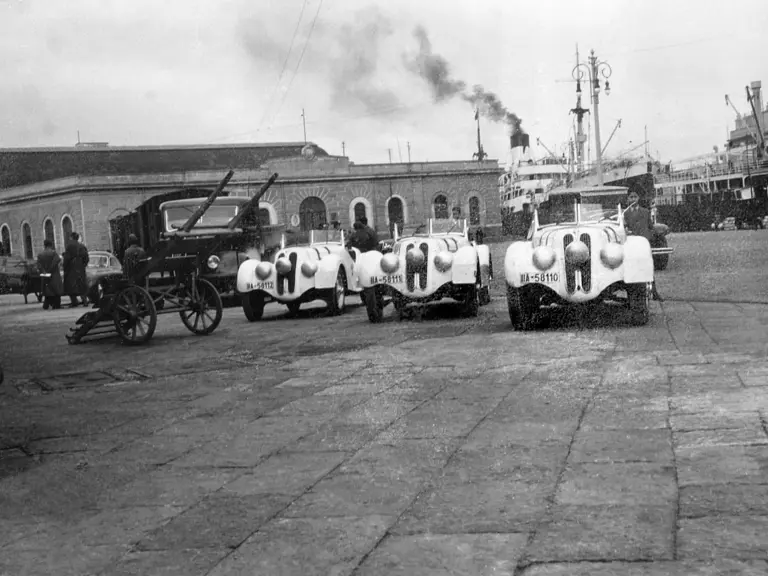
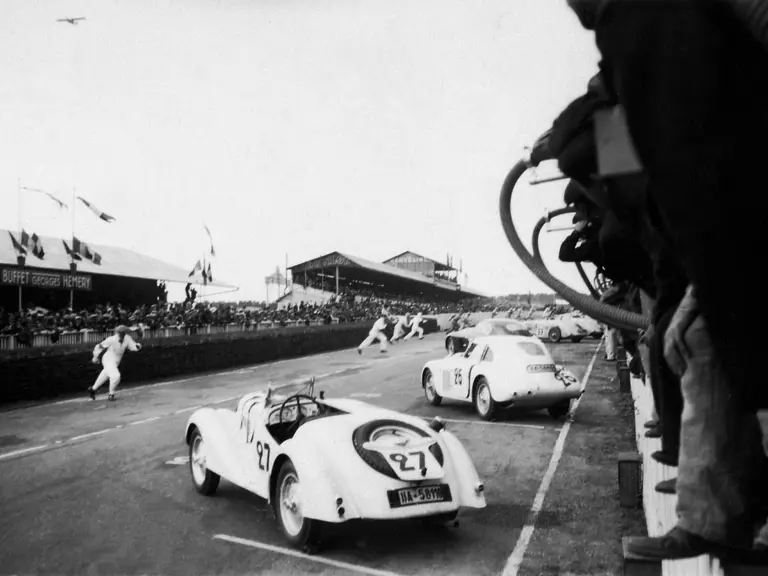
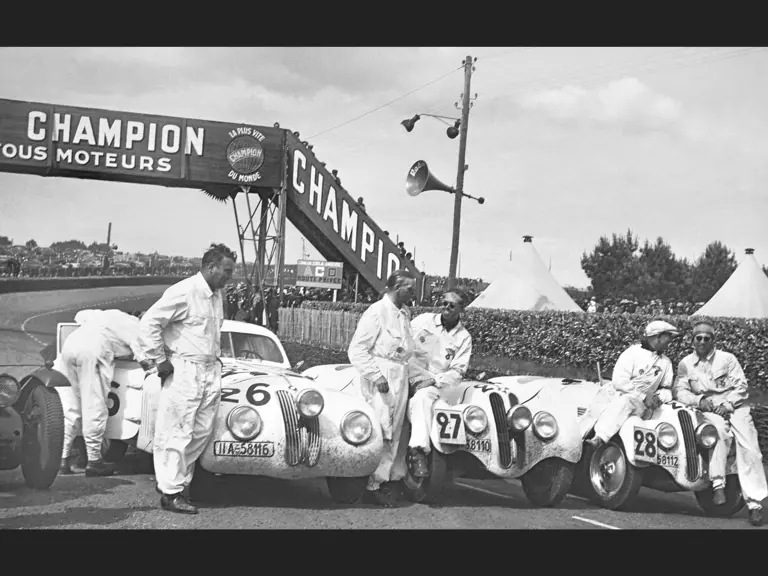
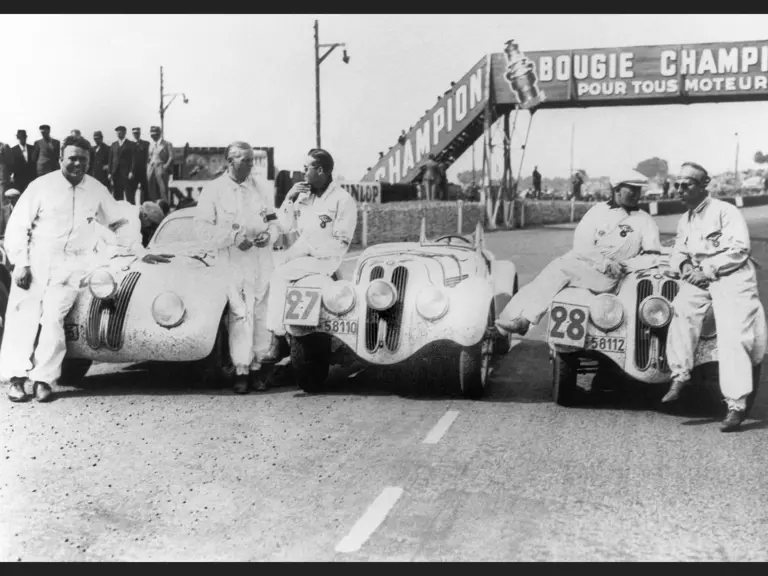
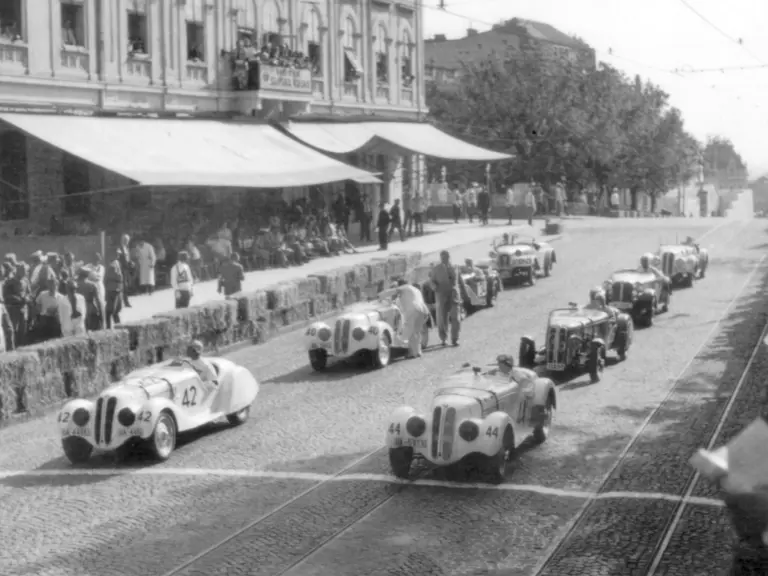
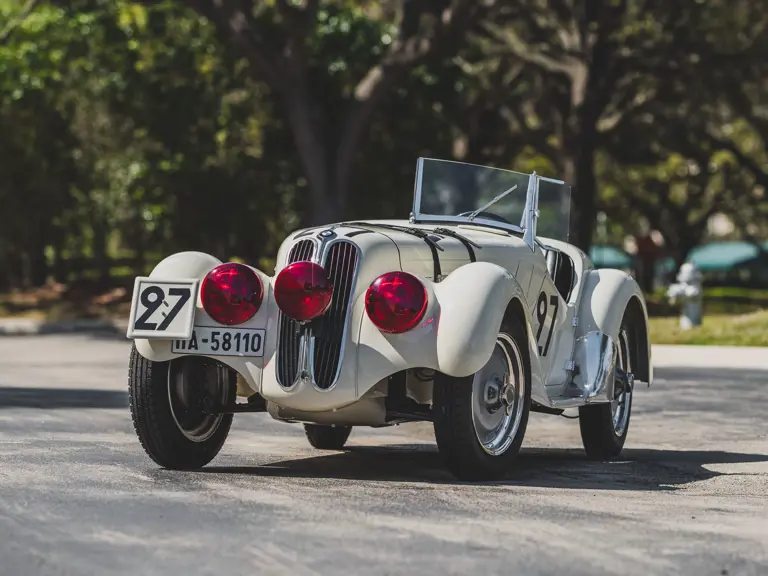
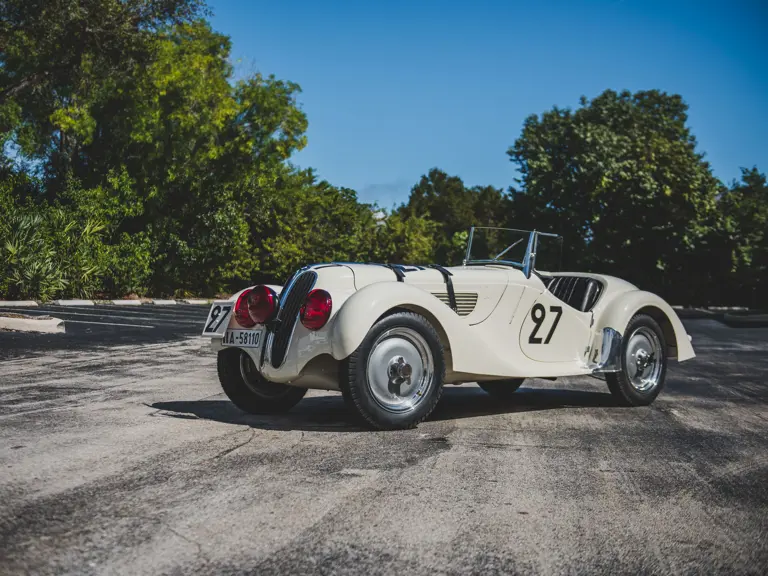

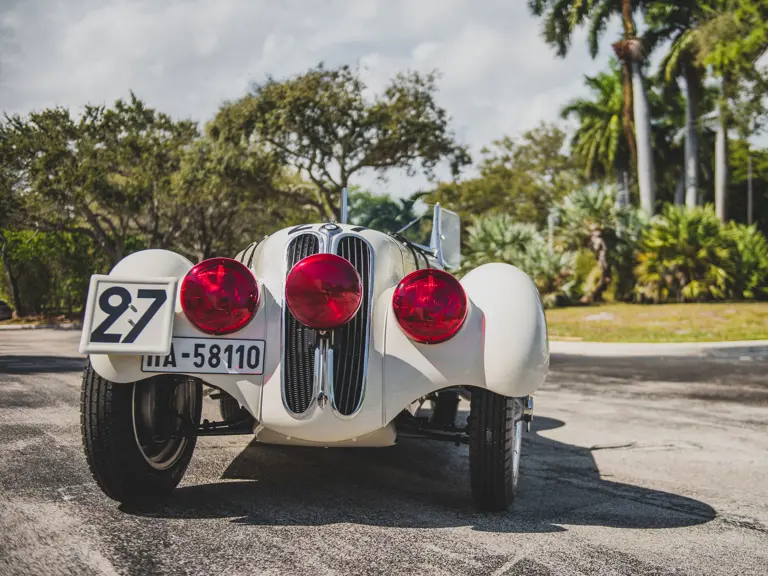
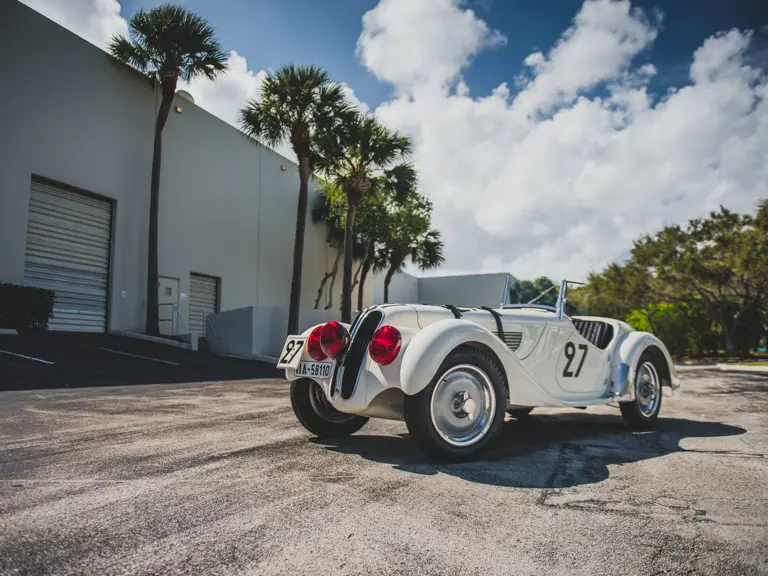

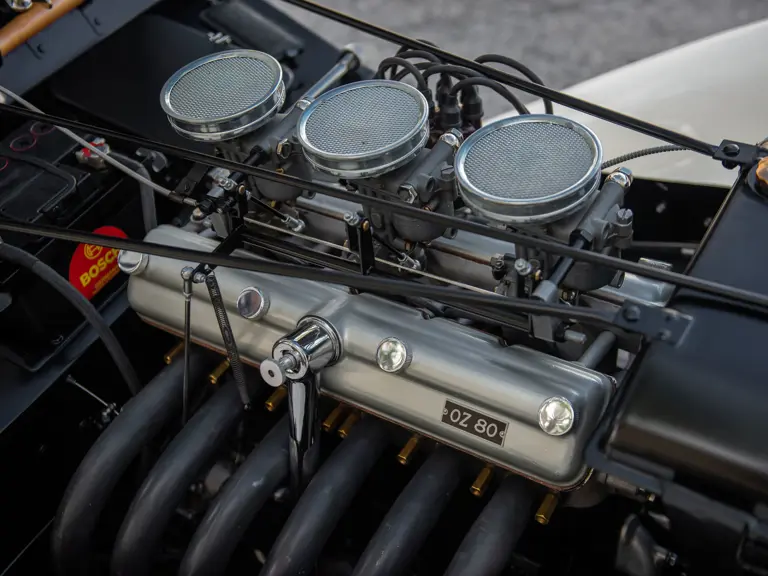
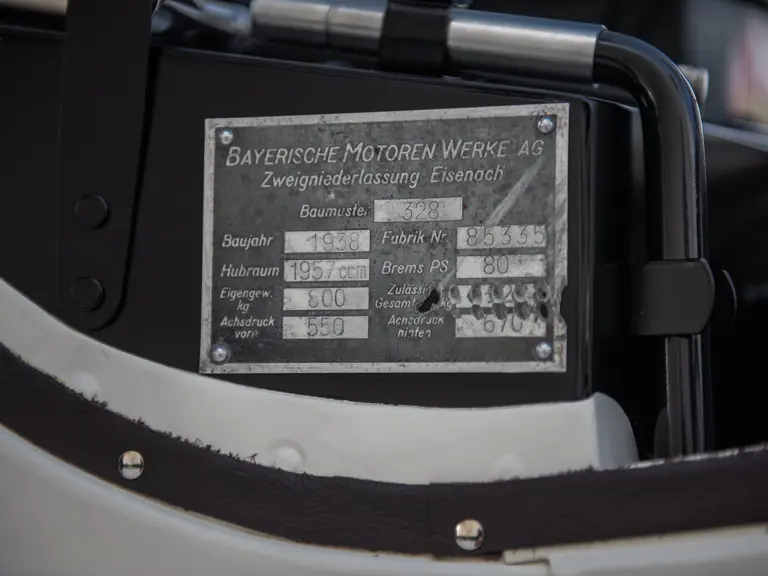
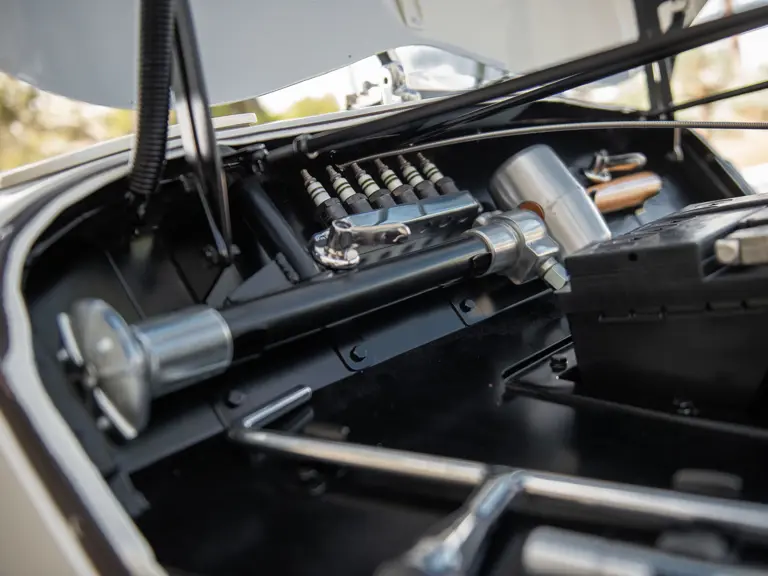
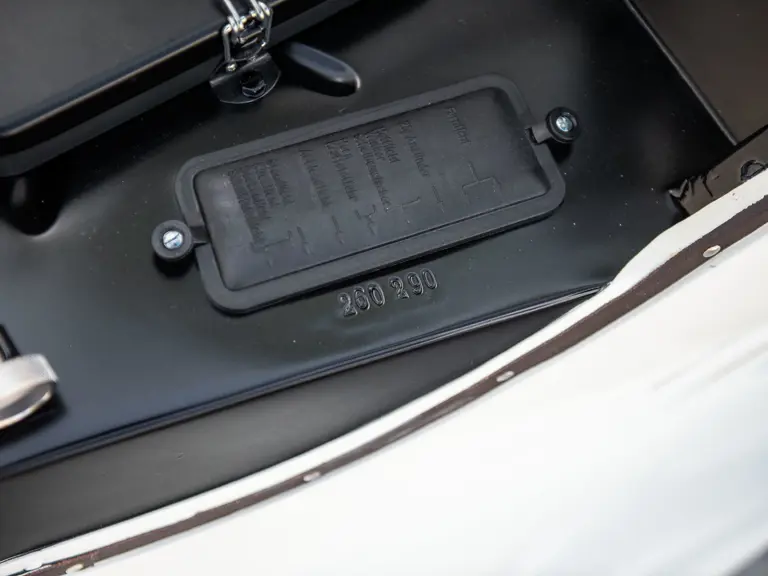

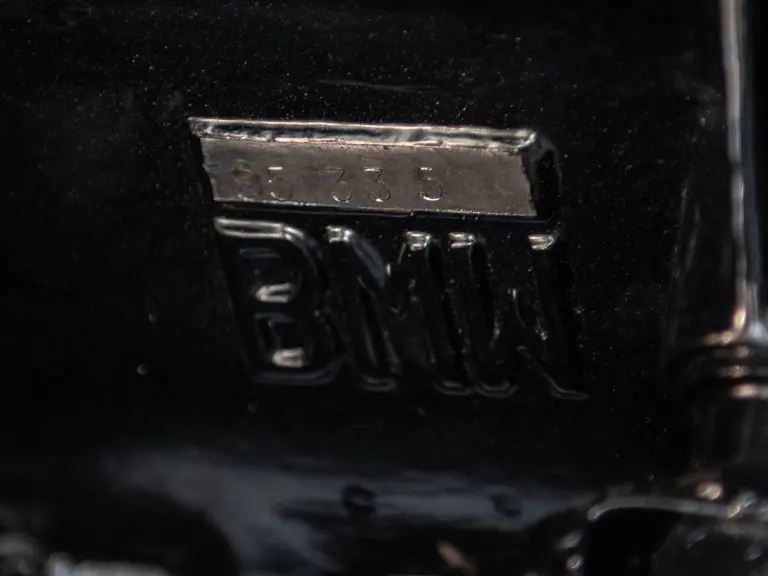
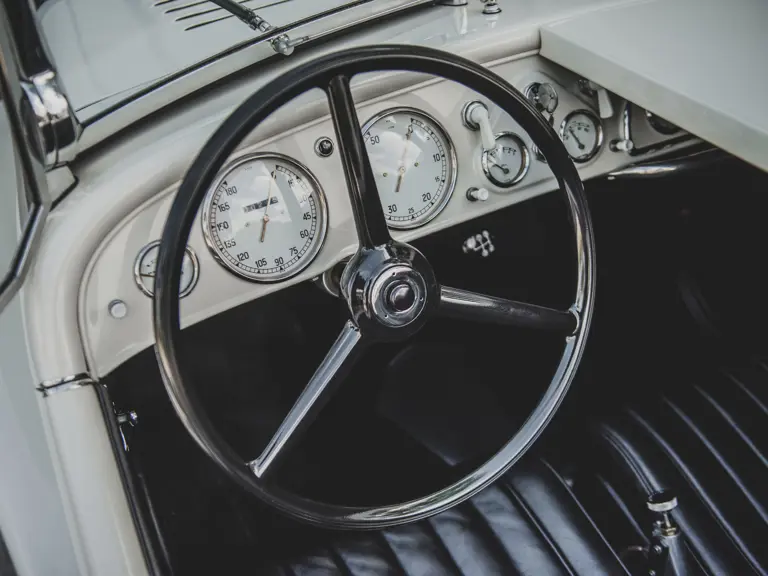

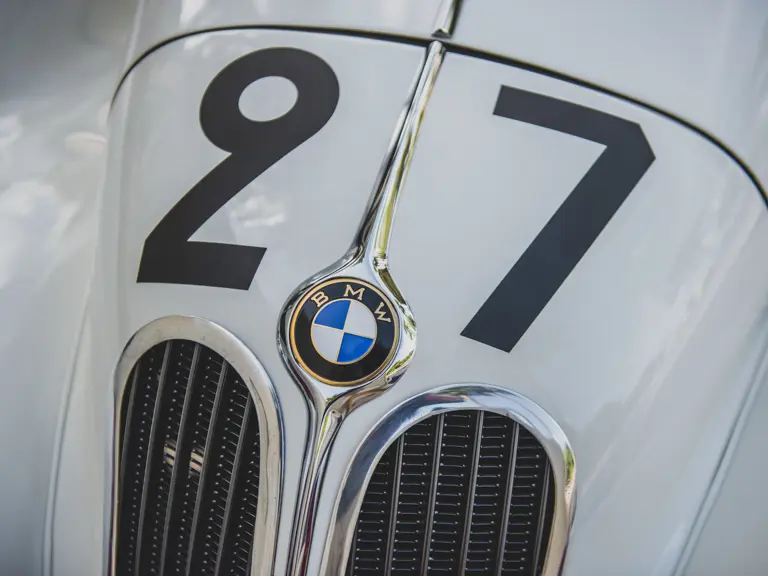
 | Monterey, California
| Monterey, California
